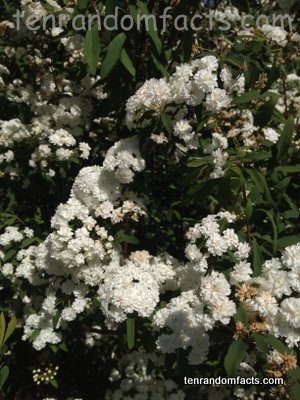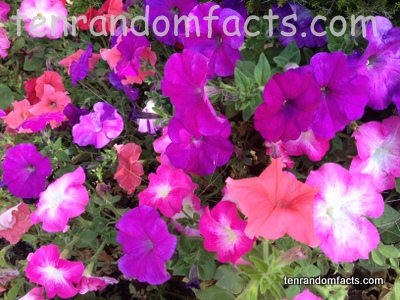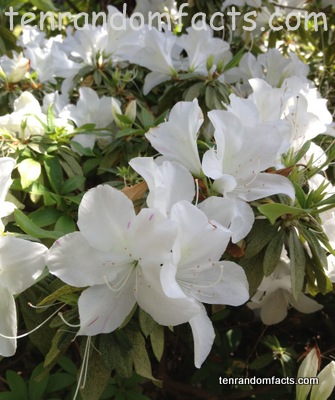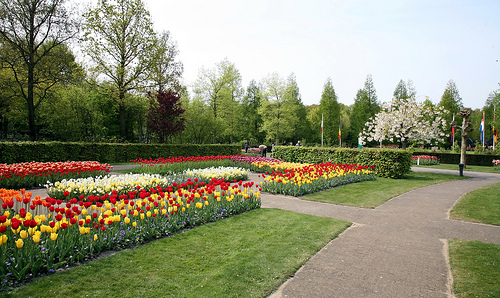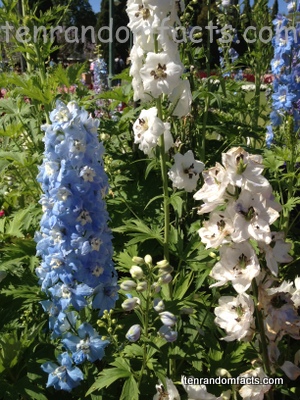
The tall, tall delphiniums.
- There are over 400 species of Delphiniums, which is a group of tall, perennial flowering plants.
- Delphiniums are native to the North Hemisphere, and the mountainous African tropics.
- Delphiniums are from the Rananculaceae family, which is the family of buttercups, and are a popular garden plant due to their height in the garden and their showy flowers.
- ‘Delphiniums’ are also known as ‘larkspurs’, however, the name ‘larkspur, usually refers to plants in the Consolida genus which is closely related and are annuals, rather than perennials.
- The name ‘delphinium’ is from the word meaning ‘dolphin’ in Latin, which originally came from the Greek , named due to the plant’s bud and spur that resembles the shape of a dolphin.

- The flowers of delphiniums, grow on tall spikes and range from purple, pink, red, yellow, and white in colour.
- Delphiniums have small, black coloured seeds.
- Most delphinium plants and seeds are poisonous to humans as well as to cattle, and ingestion can be fatal, and the plant can also cause irritation to the skin, although the plant has been used in medicine.
- Delphiniums typically grow up to 2.1 metres (7 feet) in height, athough this depends on the species.
- Historically, parts of delphinium plants have been used to create blue dyes and inks.
Bibliography:
Delphinium, 2013, National Garden Association, <http://www.garden.org/plantguide/?q=show&id=2046>
Delphinium, 2013, Wikipedia, <http://en.wikipedia.org/wiki/Delphinium>




